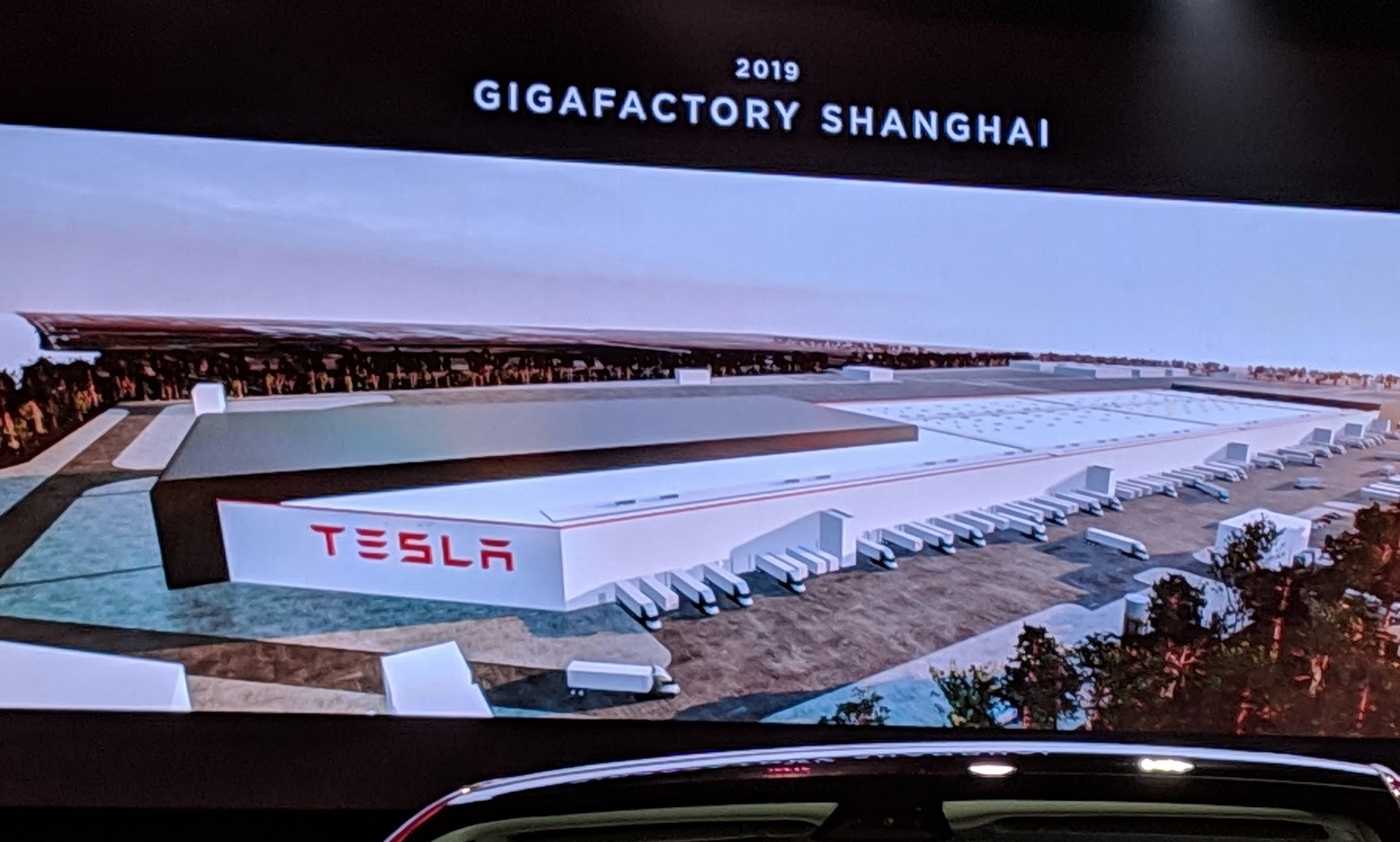YEAH! To compute with all those OTHER 400 mile EV's!
What a buncha losers!
Another bit of evidence that a refresh of S/X will extend the range somewhat as a further differentiation? Could turn into “You don’t really need long range for daily driving, and even for road trips 300 miles is great with our SC network, and this keeps our mid-size luxury line more efficient and affordable. BUT, want really insane long range? Buy our new S/X models with 375/400 range, or a Semi with 500.



